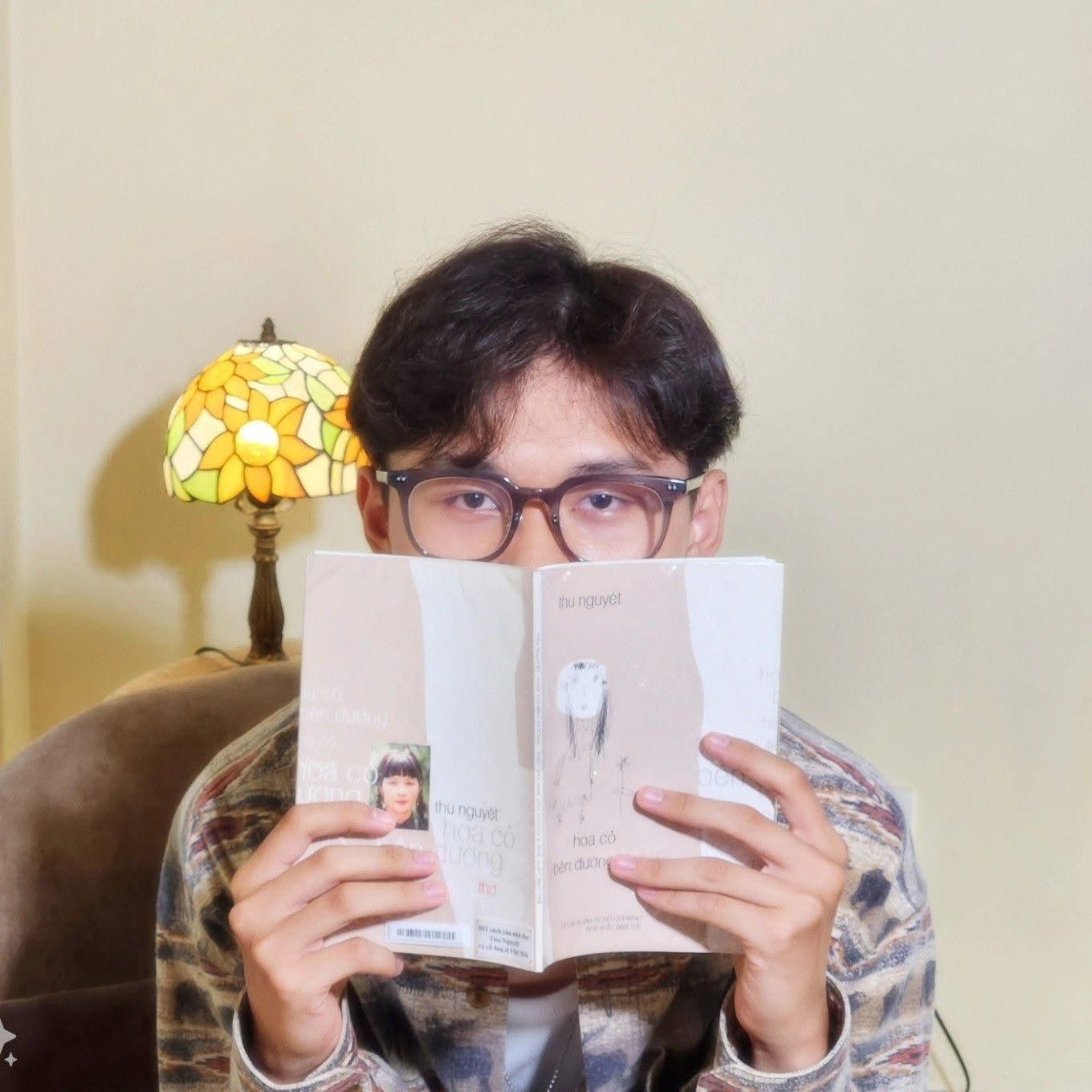ME.MO.IR
Category: Apparel
This project explores the fragmented nature of memory - the blurry boundary between remembering and forgetting - and how these contradictions coexist to form something deeply personal, imperfect, and ever-shifting. My design is deeply inspired by the work of Vietnamese-American artist Lê Quang Đỉnh, whose photographic weaving technique-interlacing two distinct images-creates new visual narratives through fragmentation and repetition. His art challenges the viewer’s perception, forcing them to recompose meaning from what appears torn or incomplete. I was drawn to this sense of duality: remembering and forgetting, clarity and distortion. With that in mind, I set out to recreate this layered visual language through the medium of fashion-replacing photographs with material, and imagery with texture. I chose to work exclusively with cowhide leather-a material known for its strength, but also for its ability to hold traces of manipulation. The process began with thinning the leather, then separating it into two types of elements: one to be cut into strips and woven, and one to be broken down into irregular patches. Each strip was hand-dyed in muted olives, raw browns, and smoky greens-evoking the tones of faded memories and worn prints. Because the dyeing was manual, no two leather strips are identical-just like memory, which never repeats the same way twice. The weaving technique became my central tool for visual storytelling. Like Lê Quang Đỉnh’s works, I constructed a fragmented but interconnected surface. The woven patterns vary in scale and density-some areas tight and structured, others open and loose. This intentional inconsistency symbolizes how memory behaves: some parts vivid, some unclear, some wounded and incomplete. The woven panels appear most prominently across the chest, sleeves, and trousers-not merely as decoration, but as structural metaphors: how we interlace fragments of identity, trauma, place, and emotion into something we can carry. In addition, I embraced imperfection and asymmetry as a design principle. The garment features exposed seams, misaligned panels, and large, visible hand-stitches. These are not flaws but visual scars-each stitch a moment of labor, each layer a gesture of care or repair. Drawing from the philosophy of wabi-sabi, I left elements intentionally “unfinished”: slight holes, misregistered edges, and variations in scale. These ruptures reflect how memory is never whole; it is built through rupture, loss, and emotional sediment. This garment is also in motion. Its asymmetry causes the fabric to fall differently on the body; textures shift, leather pulls, fringes move. The wearer becomes part of the performance. Just as Lê Quang Đỉnh’s photo-weavings require the viewer to shift perspective, this garment asks to be felt, moved in, and interpreted again and again. Ultimately, this design is a meditation on memory - not as something fixed or flawless, but as a living process of piecing together what remains. Through the tactile language of leather, weaving, and visible construction, I aim to express how memory can be carried, worn, and even reshaped. The garment does not seek to restore what is lost, but to honor its absence - acknowledging that within every stitch, gap, and woven thread lies a story that is both personal and universal. It is not a finished object, but a conversation between time, material, and identity.
Download PDF 1

 Copy URL
Copy URL
 Login to Like
Login to Like 
